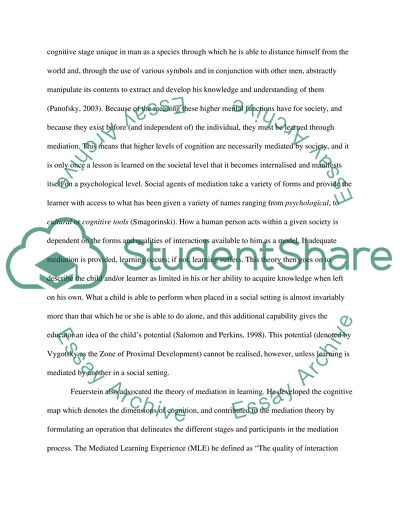Cite this document
(“Compare Vygotsky's and Feuersteins contributions to Educational Essay”, n.d.)
Retrieved from https://studentshare.org/education/1525247-compare-vygotskys-and-feuersteins-contributions-to-educational-learning
Retrieved from https://studentshare.org/education/1525247-compare-vygotskys-and-feuersteins-contributions-to-educational-learning
(Compare Vygotsky'S and Feuersteins Contributions to Educational Essay)
https://studentshare.org/education/1525247-compare-vygotskys-and-feuersteins-contributions-to-educational-learning.
https://studentshare.org/education/1525247-compare-vygotskys-and-feuersteins-contributions-to-educational-learning.
“Compare Vygotsky'S and Feuersteins Contributions to Educational Essay”, n.d. https://studentshare.org/education/1525247-compare-vygotskys-and-feuersteins-contributions-to-educational-learning.


